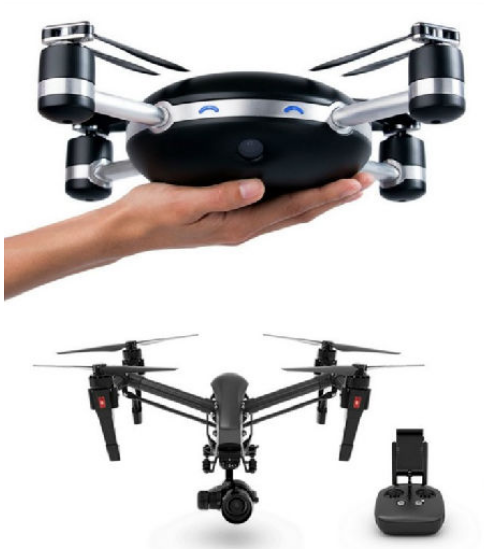Introduction to motor drone magnets

Drones are unmanned aircraft operated by wireless apparatus or pre-installed control procedures. The world’s first drone was built in the 1920s to meet the needs of war. With the development of technology, the performance of drones continues to improve and they are widely used in military and civilian fields. Military drones can be used for intelligence gathering, electronic countermeasures and surveillance; civilian drones can be used for urban mapping, pesticide spraying and power line detection. Drones can be divided into fixed-wing drone, unmanned helicopters and multirotor drones. As the mainstream platform of military drones and most civilian drones, the biggest characteristic of fixed-wing drones is that it flies relatively fast. The unmanned helicopter is considered to be the most flexible drone platform due to its characteristics of vertical take-off and landing and hover. Multirotor drones is the preferred platform for consumers due to its low cost and easy operation. Its flexiblility is somewhere between a fix-wing drone and a unmanned helicopter.
 The speed of the rotor can be changed by adjusting the speed of each motor, so as to achieve the change of lift , so as to control the attitude and position of the flight. At present, the multiple-rotor drones basically use brushless DC motor. Brushless DC motor consist of permanent magnet rotor, stator with multi-pole winding and position sensor, a semiconductor switch is used instead of a conventional contact commutator to realize electron exchange.
The speed of the rotor can be changed by adjusting the speed of each motor, so as to achieve the change of lift , so as to control the attitude and position of the flight. At present, the multiple-rotor drones basically use brushless DC motor. Brushless DC motor consist of permanent magnet rotor, stator with multi-pole winding and position sensor, a semiconductor switch is used instead of a conventional contact commutator to realize electron exchange.
Recently, there has been some progress in drone motor magnets. Shubo magnetics has used its advanced and innovative injection molding process to achieve a weight reduction of 30% over traditional motor designs, so as to improved the carrying capacity and flight time. Some users adopt radial ring magnets instead of arc magnets.
The advantages of using 14 poles ring magnets instead of arc magnets for drones:
1. Easy to assemble
2. Lower the temperature
3. Improve safety performance
4. Extend service life

